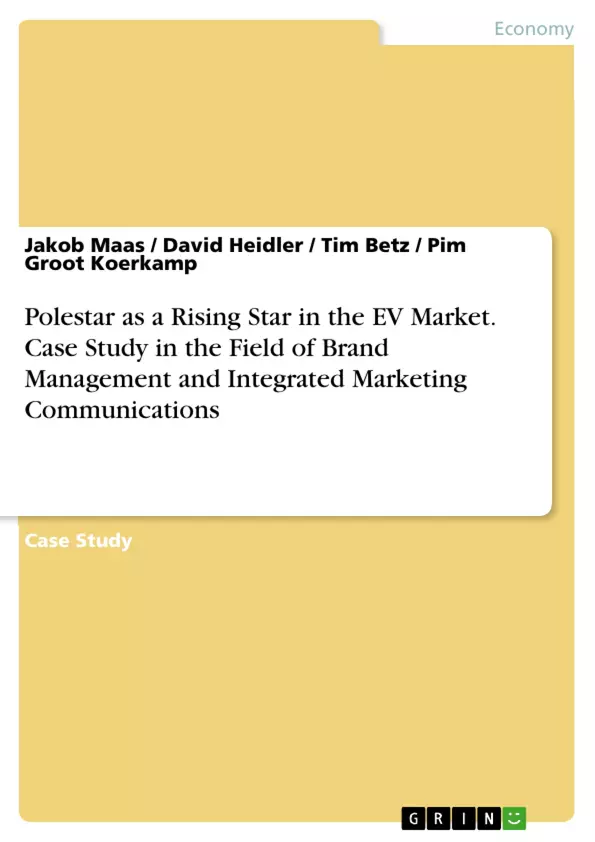In recent years, there have been many discussions and decisions about what the future of our vehicles and their engines should look like. But it's not just Norway that set these goals. California already has legislation that says only zero-emission vehicles will be allowed for sale by 2035. Furthermore, there are other approaches to how regions and communes convince people to buy electric cars. In Dubai, electric cars are still exempt from public parking fees until July 2022. The exemption even works automatically, so owners don't have to do anything to get the free parking.
The auto industry itself also needs to change in the direction towards zero-emission vehicles due to ongoing regulations from governments and local policies. Within the German auto industry, Audi is one of the most pressing. They want all new Audi models to be purely electric from 2026 onwards, with production of internal combustion engines to cease in 2033. Sweden‘s popular car manufacturer Volvo is even more ambitious. Volvo Cars aims to become a leader in the fast-growing premium electric car market and plans to become an all-electric car company by 2030. By then, the company plans to sell only fully electric cars and eliminate all internal combustion engine vehicles, including hybrids, from its global portfolio.
Table of Contents
- Introduction
- Background Information
- Key Facts
- History
- Vision and Mission
- Brand Architecture
- Competitive analysis
- Tesla
- Lucid
- Polestar's scale-up and its revolutionary brand strategy
- Customer-based brand equity
- Polestar's brand identity
- Integrated marketing communication strategy
- Advertising effect model
- Sales strategy
- Conclusion
Objectives and Key Themes
This case study aims to analyze Polestar's history, its current market position, and its revolutionary brand strategy in the context of the growing electric vehicle (EV) market. The study will focus on Polestar's brand management, integrated marketing communication (IMC) tools, and the company's scale-up management.
- The rise of electric vehicles and the challenges of establishing a new EV brand
- Polestar's brand identity and its differentiation from competitors
- Polestar's integrated marketing communication strategy and its impact on brand equity
- The company's scale-up management and its impact on future growth
- The relationship between Polestar and Volvo and its implications for both brands
Chapter Summaries
The introduction provides context for Polestar's emergence in the EV market by outlining the global shift toward zero-emission vehicles and the growing number of new EV brands entering the market. Chapter 2 delves into Polestar's background information, covering key facts, its history, brand architecture, and competitive analysis, comparing Polestar to established players like Tesla and Lucid.
Chapter 3 focuses on Polestar's scale-up and its revolutionary brand strategy. It examines aspects like customer-based brand equity, Polestar's brand identity, its IMC strategy, the advertising effect model, and the sales strategy. This chapter aims to understand how Polestar utilizes various models and concepts to manage its brand and achieve success in the EV market.
Keywords
This case study focuses on the brand management and IMC strategies of Polestar, a new player in the rapidly growing electric vehicle market. Key topics include brand identity, customer-based brand equity, integrated marketing communication, advertising effect model, and company scale-up management. The case study also highlights Polestar's unique position within the EV landscape, its relationship with Volvo, and its strategies for competing against established players like Tesla and Lucid.
- Quote paper
- Jakob Maas (Author), David Heidler (Author), Tim Betz (Author), Pim Groot Koerkamp (Author), 2021, Polestar as a Rising Star in the EV Market. Case Study in the Field of Brand Management and Integrated Marketing Communications, Munich, GRIN Verlag, https://www.grin.com/document/1327846



